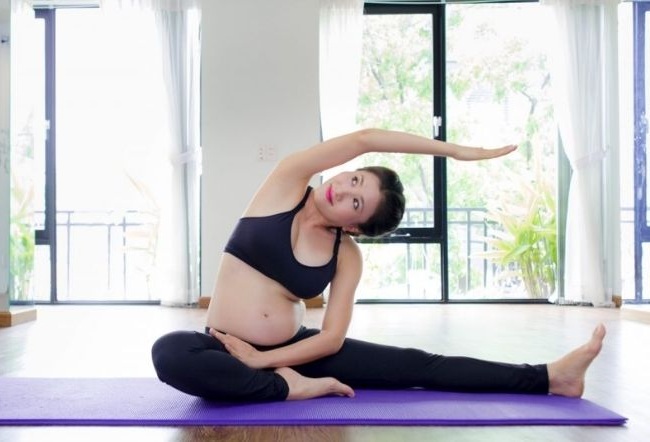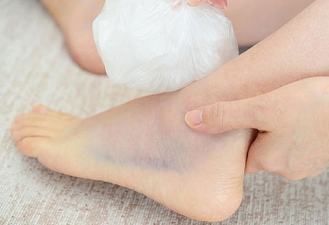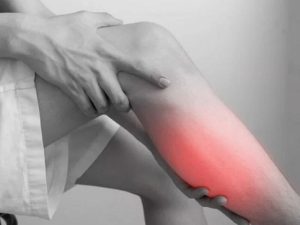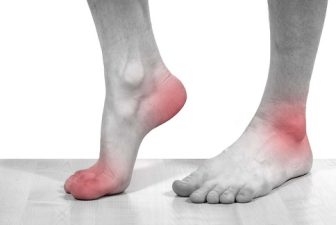Scoliosis, a condition characterized by a curved spine, affects millions of people worldwide, ranging from teenagers to adults. Managing scoliosis effectively often involves a targeted exercise regimen designed to strengthen muscles and improve mobility. Whether you’re a teen, an adult, or an expectant mother, there are exercises suited to your needs. In this blog post, we navigate the realm of exercise for scoliosis, incorporating methods like the Schroth method, Pilates, and yoga to create a holistic approach to managing the condition.
Choosing the Best Exercise for Scoliosis
Identifying the best exercise for scoliosis is critical in managing the condition successfully. The best exercises generally focus on promoting spinal alignment and improving postural awareness.
Schroth Method Exercises for Scoliosis
The Schroth method stands as a non-surgical option that encourages a series of exercises to de-rotate, elongate, and stabilize the spine. Incorporating these exercises in your routine can be a game-changer in scoliosis management.
Convenient Options: Exercise for Scoliosis at Home
Exercising at home can be a comfortable and effective option for many, including:
Teenager Scoliosis Exercises
For teenagers, it is important to encourage exercises that strengthen the core and enhance flexibility, such as planks and bird-dog exercises.
Best Exercises for Scoliosis in Adults
As adults, focusing on low-impact exercises that work on core stability and spinal alignment can be beneficial. Yoga and Pilates often emerge as the preferred choices.
Special Circumstances: Pregnancy and Scoliosis Exercises
Pregnancy requires a gentle approach to exercising with scoliosis. Prenatal yoga and stretches can be a safe way to maintain muscle strength during pregnancy.
Diverse Exercise Approaches
Scoliosis Exercises with Ball
Utilizing a stability ball can aid in performing exercises that target the core muscles, improving balance and stability.
Scoliosis Gym Exercises
If you’re a gym enthusiast, opt for exercises that are low-impact and focus on building core strength, like seated rows or leg presses, while avoiding heavy weightlifting exercises that can strain the spine.
Scoliosis Yoga Exercises
Yoga offers a series of poses that can aid in enhancing flexibility and reducing muscle stiffness, with poses like the cat-cow stretch being particularly beneficial.
Pilates for Scoliosis
Pilates stands as a potent tool in the scoliosis management arsenal, with exercises focusing on core strengthening and spinal alignment.
Pilates Scoliosis Before and After
Individuals engaging in Pilates have often reported improved postural alignment and reduced discomfort, showcasing the potential benefits of this exercise regimen.
Concerns: Is Running Bad for Scoliosis?
Running has been a topic of debate in the scoliosis community. While it is not inherently bad for individuals with scoliosis, it is advisable to consult with a healthcare provider to determine if it suits your individual health circumstances.
Conclusion
Managing scoliosis involves a well-rounded approach that caters to your unique needs and circumstances. From specialized methods like the Schroth method to holistic approaches involving yoga and Pilates, there is a plethora of options available to aid you on your journey to a healthier spine. Remember, the goal is to foster strength, mobility, and wellbeing through a tailored exercise regimen, enabling a life less hindered by scoliosis. Stay active, stay informed, and prioritize your spinal health at every stage of life.











